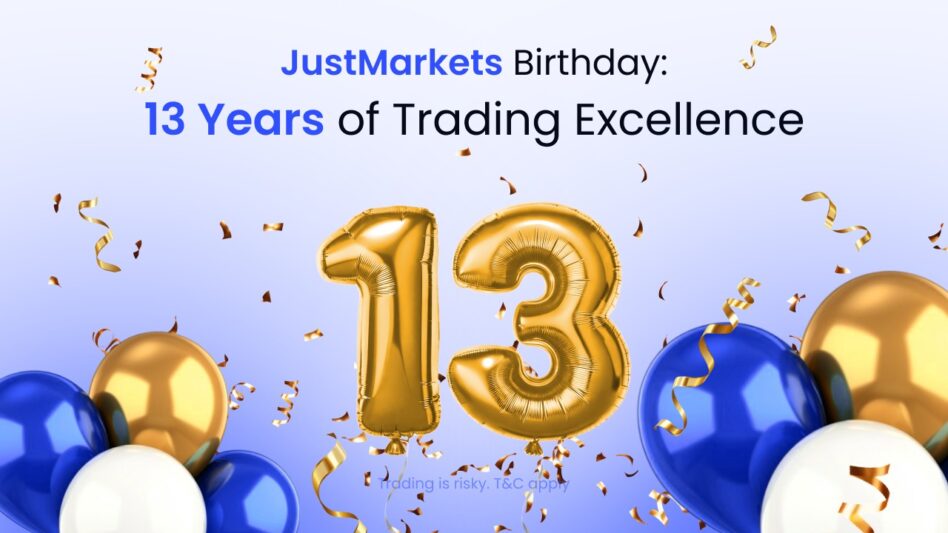IN THE ever-evolving world of online trading, one question continues to surface among retail traders: How are prices actually formed? The short answer often sounds simple, supply and demand.
But in the deeper mechanics of financial markets, there’s an unsung group working quietly in the background to make trading seamless: liquidity providers.
Today, we peel back the curtain to explain how prices are generated, who liquidity providers really are, and why brokers aren’t your enemy, or your best friend either.
What are liquidity providers?
Liquidity providers (LPs) are financial institutions, such as banks, hedge funds, or market makers, that supply buy and sell prices for various financial instruments like forex, commodities, and stocks.
They’re the ones standing by to take the other side of your trade, ensuring there’s always a market for you to enter or exit.
Without LPs, traders would struggle to find a counterparty. Imagine trying to sell a stock and having no one willing to buy it. That’s a world without liquidity.
How are prices formed?
Prices you see on your trading platform aren’t just picked out of thin air. They’re the result of a constant tug-of-war between supply and demand across global financial markets.
Liquidity providers aggregate data from multiple exchanges, traders, and institutional orders. They analyze volumes, order flows, and market depth to generate real-time quotes. These quotes are then sent to brokers, who pass them on to you.
Here’s the key: the price you see is the best available bid and ask from a network of LPs. The tighter the spread between the bid (buy) and ask (sell) price, the more competitive and efficient the market.
So, where do brokers fit in?
There’s a common myth floating around that brokers are out to get you — that they trade against you, or manipulate prices. While that might be true for a few bad actors, most regulated brokers today operate as neutral intermediaries.
Their job is to connect traders (you) with the liquidity pool (LPs). In this model, they make money from spreads or commissions, not from your losses.
More importantly, many brokers like Alpari, TMGM, Octa, and Exness use a Straight-Through Processing (STP) or Electronic Communication Network (ECN) model, which routes your orders directly to liquidity providers without interference. This means the broker doesn’t profit when you lose. They’re simply facilitating the transaction.
Why it matters
Understanding the flow of pricing helps traders make better decisions and avoid falling for conspiracy theories.
The market isn’t “rigged” against individuals. It’s a dynamic system driven by institutions, supply and demand, and technology.
By learning how liquidity providers shape prices and recognizing the broker’s true role, traders can stop worrying about being “played” and start focusing on strategy, risk management, and long-term growth.
Conclusion
Whether you’re a seasoned trader or just starting out, knowing how prices are formed, and who’s behind them, can give you a critical edge.
Liquidity providers keep the markets alive, and brokers are the bridge that gets you in the game. It’s not a battle between friend or foe; it’s about understanding the ecosystem. —May 13, 2025
Main image: Shutterstock









